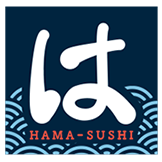Recommended sushi restaurants in Miyazaki, Japan
-

Hamazushi Miyazaki Shin Beppu Store
Sushi restaurant in Miyazaki [SUSHILIVE comment] -


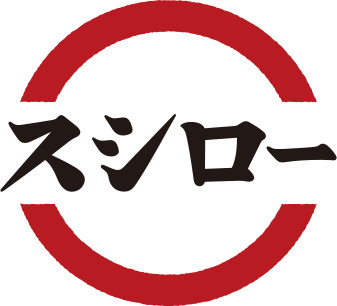
Sushiro Miyazaki Shin Beppu Store
Sushi restaurant in Miyazaki [SUSHILIVE comment] -


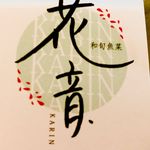
Washungyosai Karin
Sushi restaurant in Miyazaki [SUSHILIVE comment] -


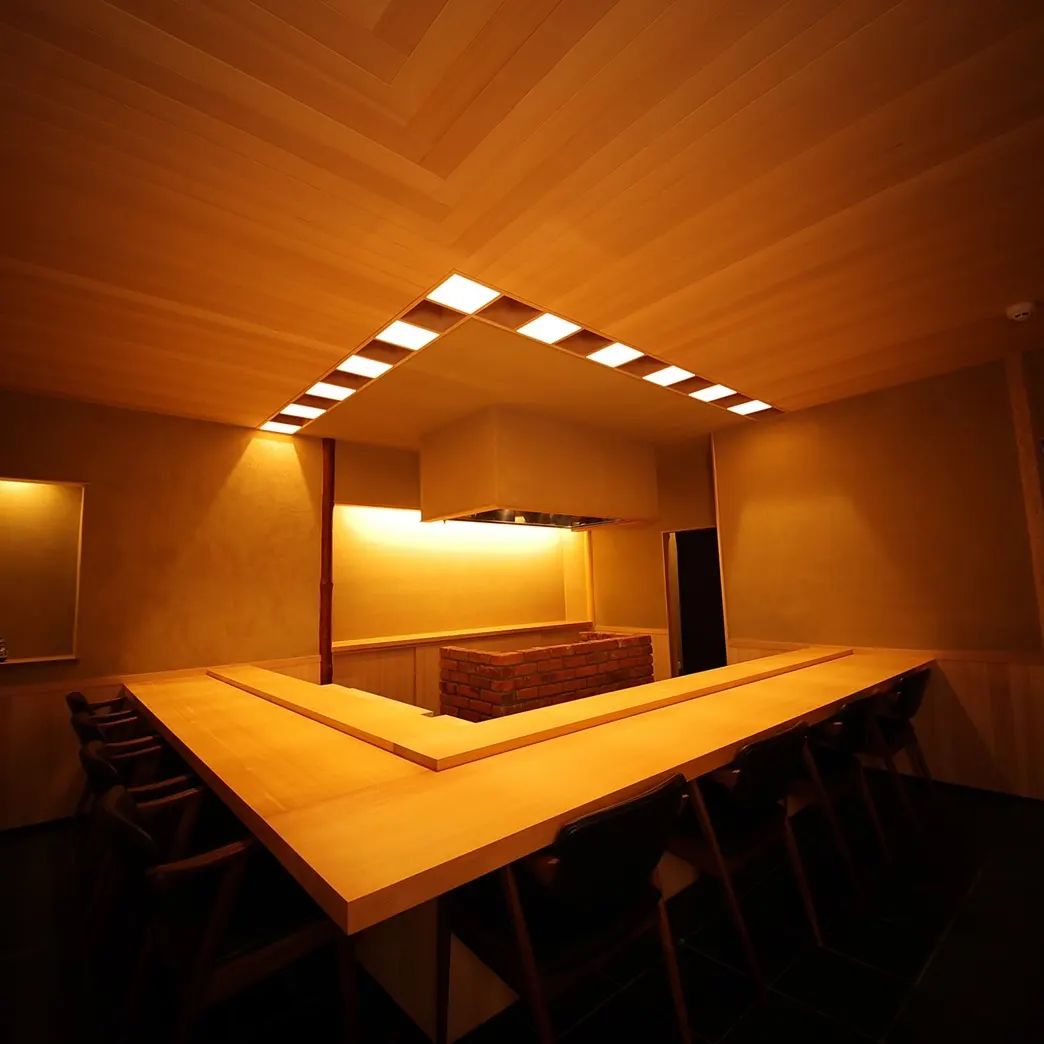
just
Sushi restaurant in Miyazaki [SUSHILIVE comment] -


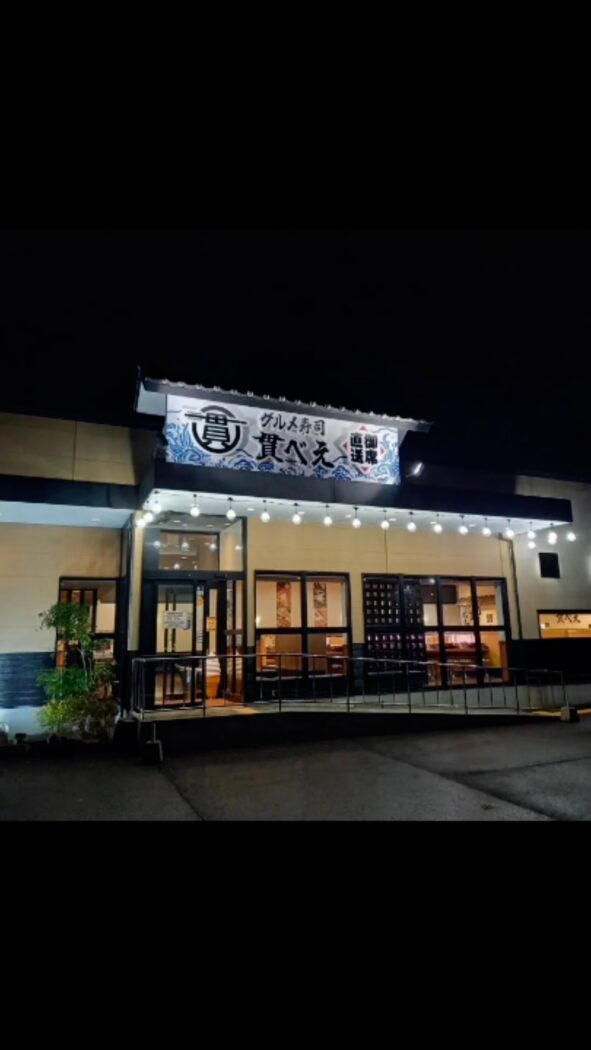
Gourmet Sushi Kanbei Frespo Hanagashima
Sushi restaurant in Miyazaki [SUSHILIVE comment] -


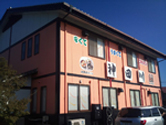
Kandagawa Kiyotake Branch
Sushi restaurant in Miyazaki [SUSHILIVE comment] -


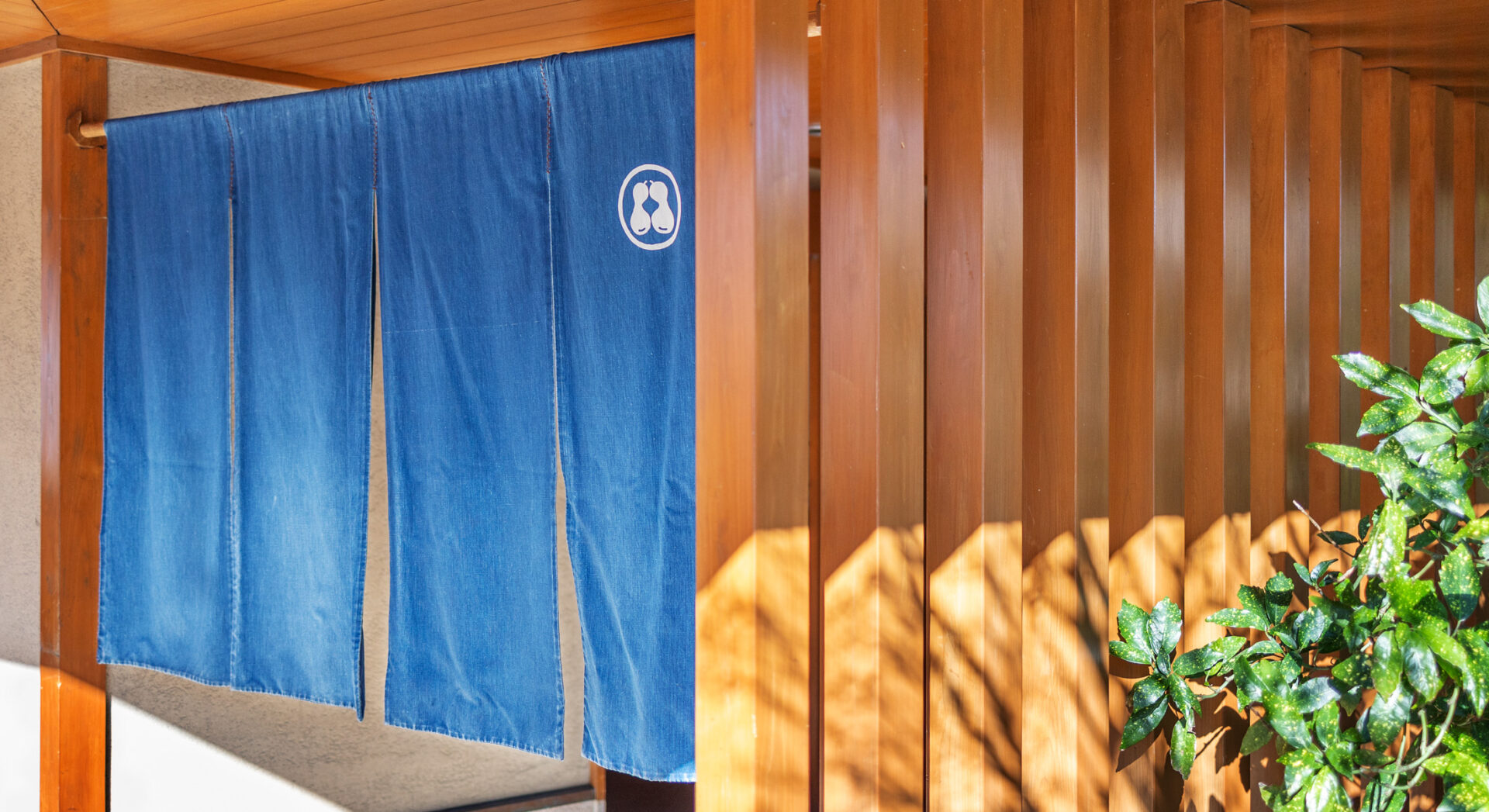
Isshin Sushi Koyo
Sushi restaurant in Miyazaki [SUSHILIVE comment] -



Standing Sushi Restaurant In
Sushi restaurant in Miyazaki [SUSHILIVE comment] -



Muzoe Kurazushi Nitori Mall Miyazaki
Sushi restaurant in Miyazaki [SUSHILIVE comment] -


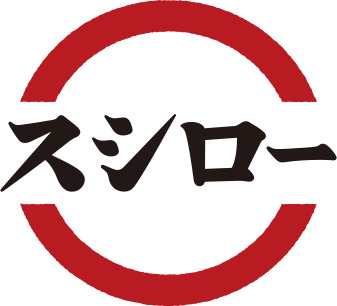
Sushiro Miyazaki Carpenter
Sushi restaurant in Miyazaki [SUSHILIVE comment] -


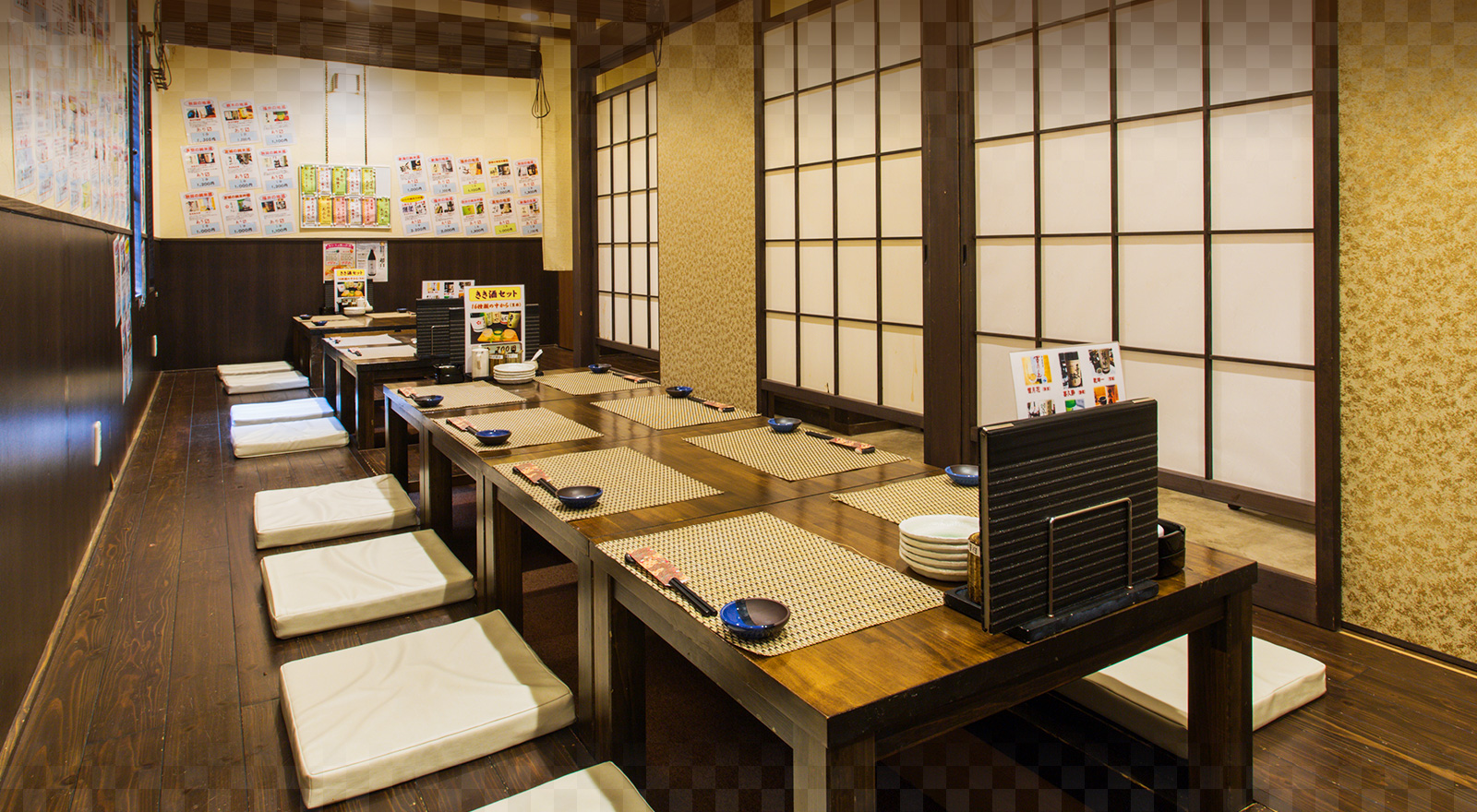
Colorful
Sushi restaurant in Miyazaki [SUSHILIVE comment] -


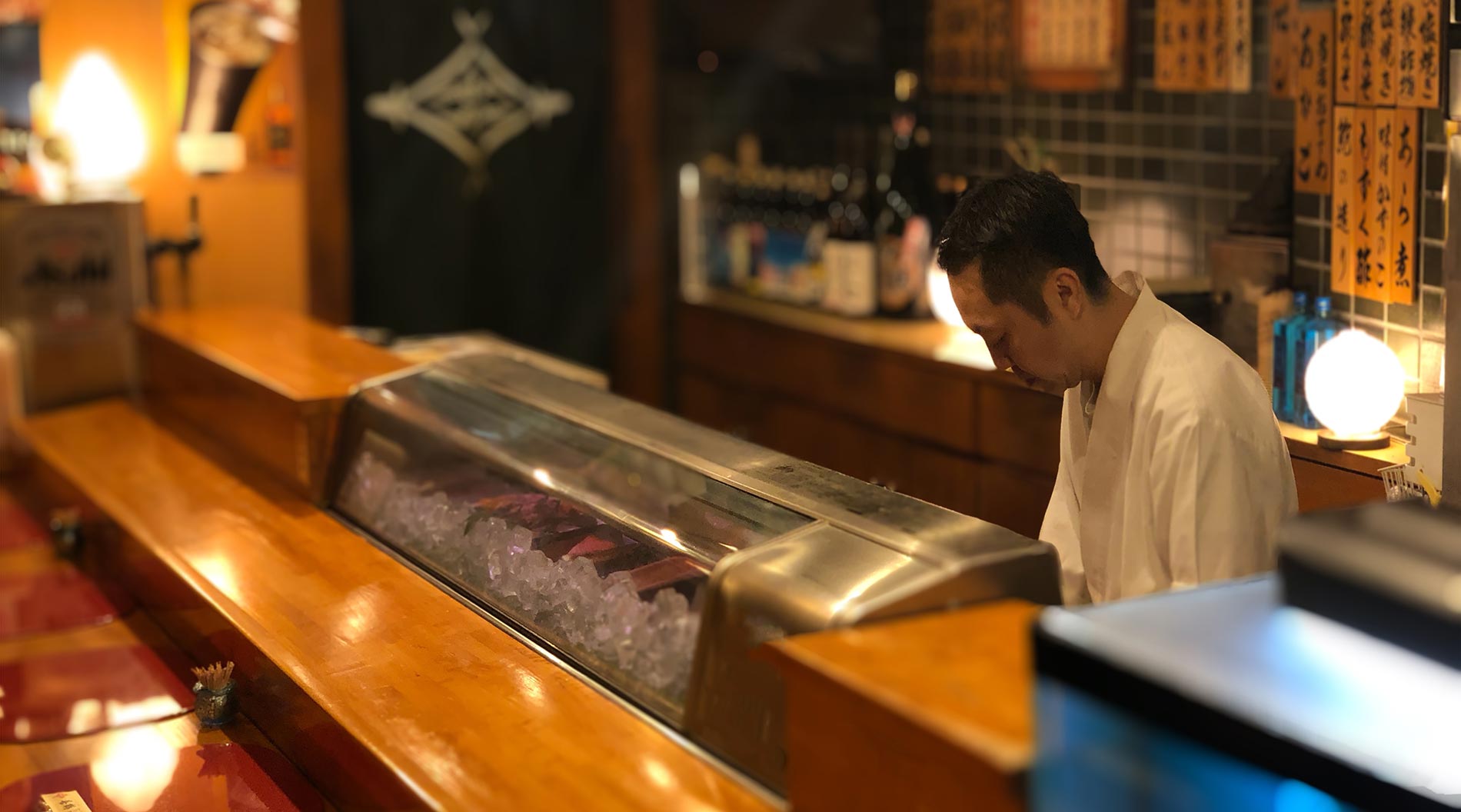
Sushi Restaurant Kitsuru
Sushi restaurant in Miyazaki [SUSHILIVE comment] -


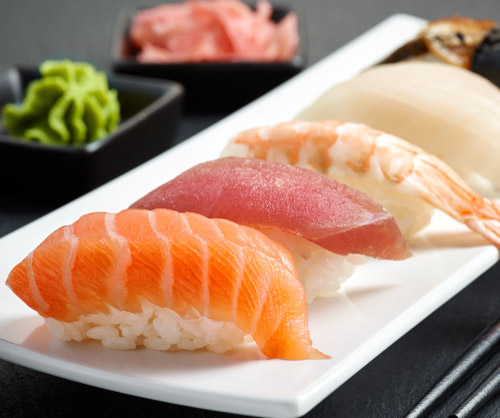
Sushi Madoka Kiyotake
Sushi restaurant in Miyazaki [SUSHILIVE comment] -


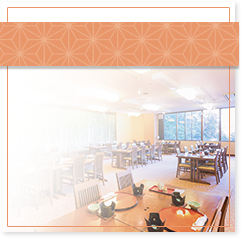
Ogawaya
Sushi restaurant in Miyazaki [SUSHILIVE comment] -


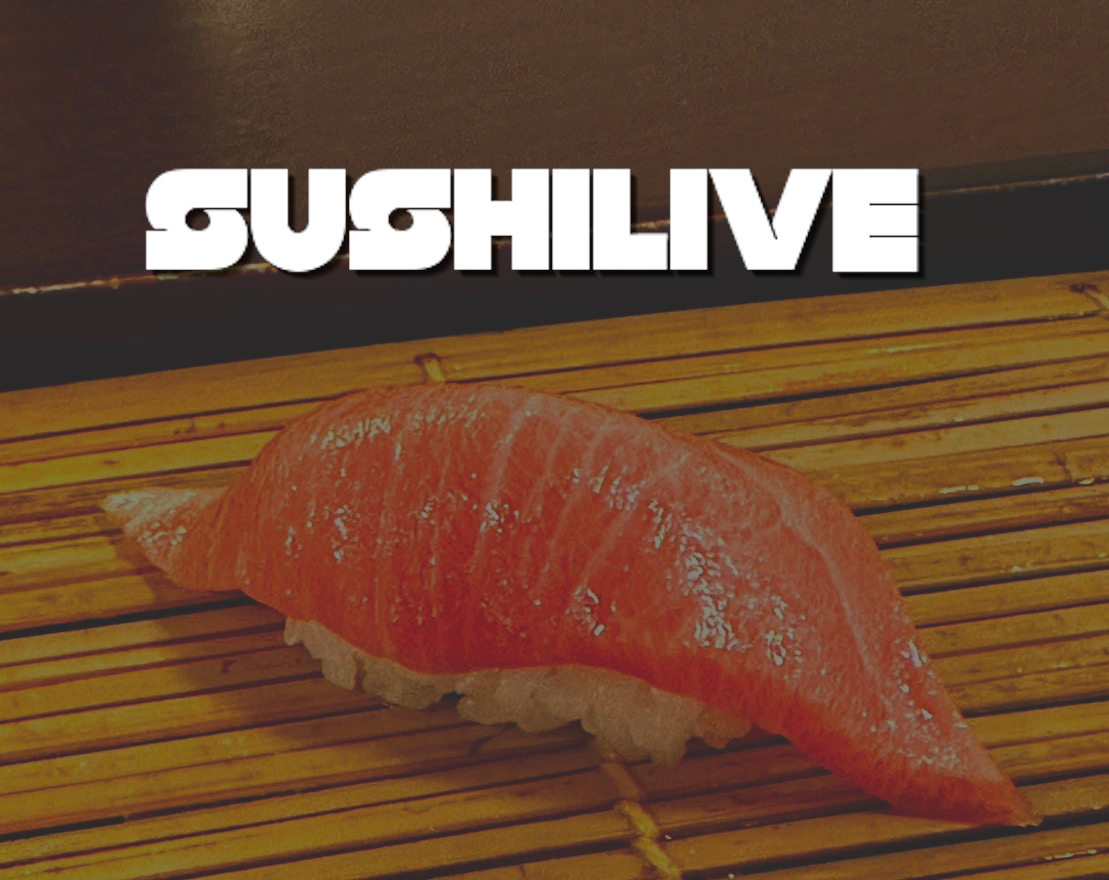
Manzou era
Sushi restaurant in Miyazaki [SUSHILIVE comment] -



Sushi and Japanese Cuisine Fuu
Sushi restaurant in Miyazaki [SUSHILIVE comment] -



Noodle House Donan
Sushi restaurant in Miyazaki [SUSHILIVE comment] -


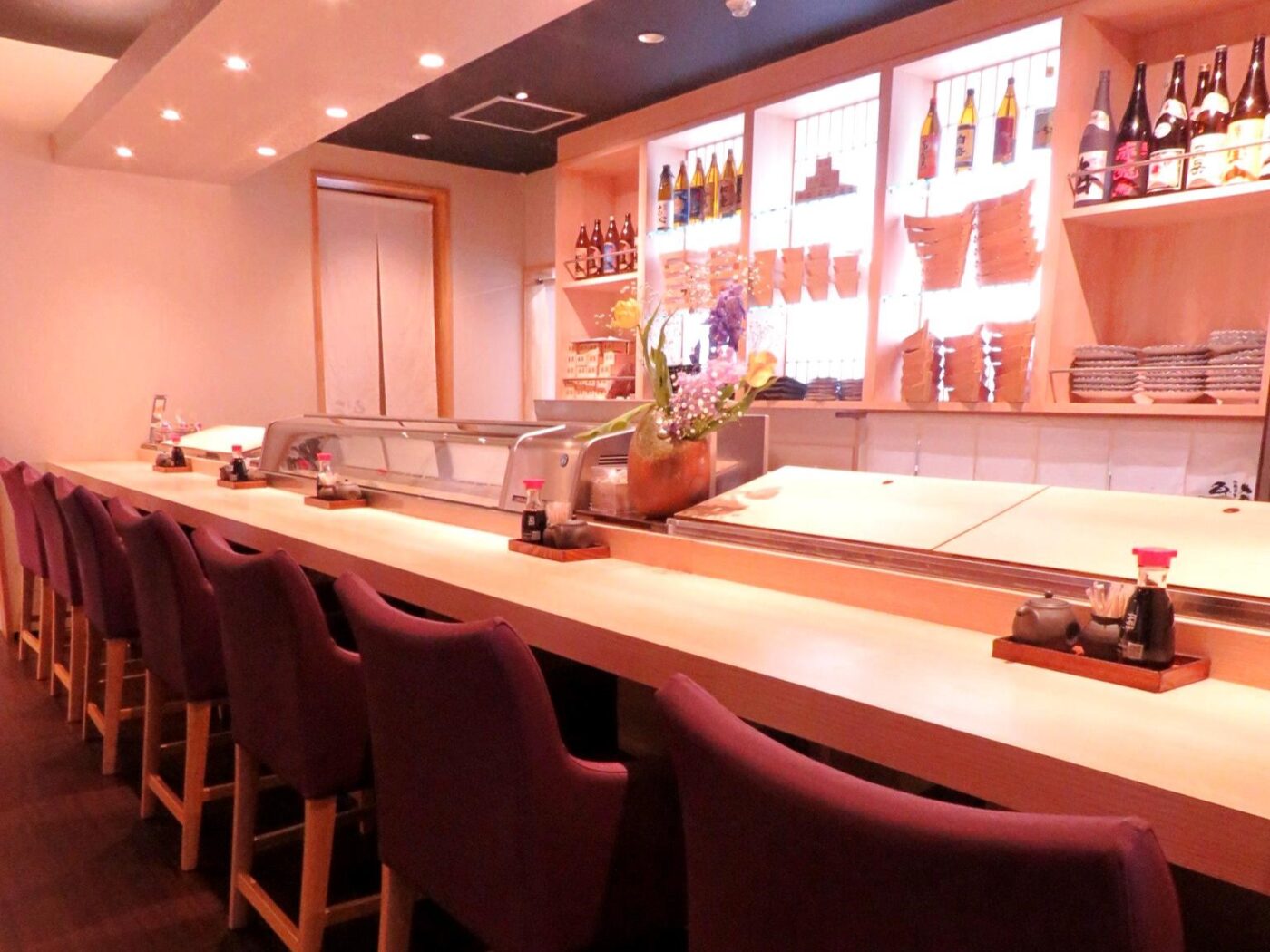
Aojima Seafood Cuisine Fish Gain
Sushi restaurant in Miyazaki [SUSHILIVE comment] -



Sushi Tim
Sushi restaurant in Miyazaki [SUSHILIVE comment] -



Sharak of New York
Sushi restaurant in Miyazaki [SUSHILIVE comment] -


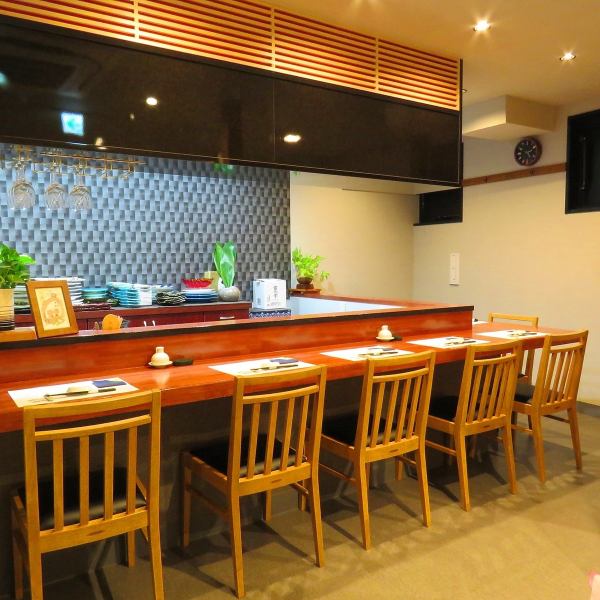
Sushi Atemaki Yurari
Sushi restaurant in Miyazaki [SUSHILIVE comment] -


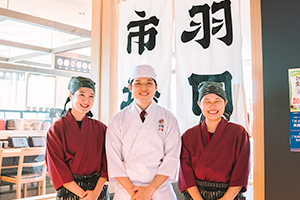
Conveyor belt sushi Haneda Ichiba Amu Plaza Miyazaki
Sushi restaurant in Miyazaki [SUSHILIVE comment] -



flat
Sushi restaurant in Miyazaki [SUSHILIVE comment] -


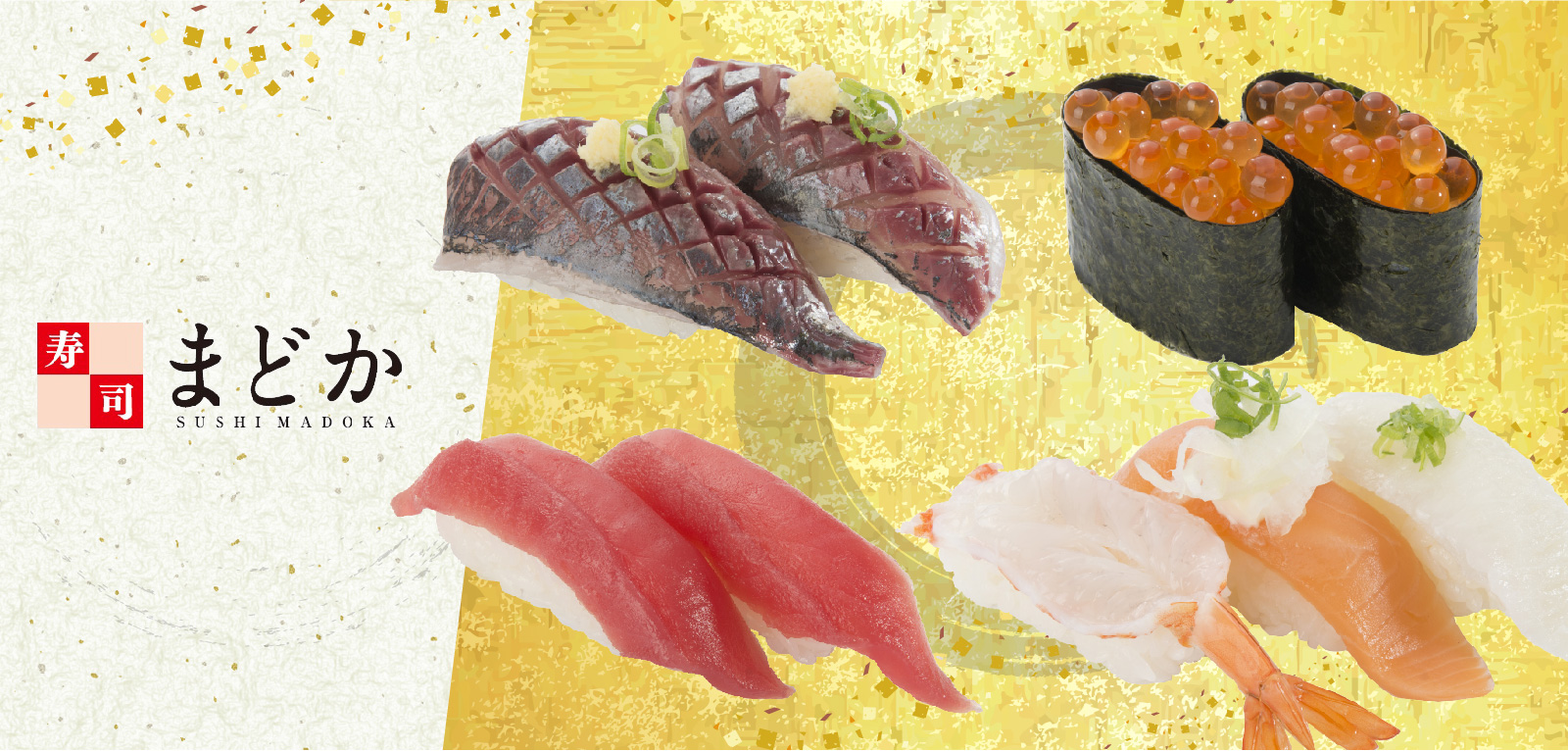
Sushi Madoka AEON MALL Miyazaki
Sushi restaurant in Miyazaki [SUSHILIVE comment] -



Sushi Restaurant Tomioka is on hold because we have not been able to confirm the store's operation status, such as the period of closure is not yet determined, and we are unable to confirm the fact that the restaurant has moved or closed. About the store's information
Sushi restaurant in Miyazaki [SUSHILIVE comment] -



Kamaage Udon Iwami
Sushi restaurant in Miyazaki [SUSHILIVE comment] -



Edo Gin
Sushi restaurant in Miyazaki [SUSHILIVE comment] -



the best of all possible worlds
Sushi restaurant in Miyazaki [SUSHILIVE comment] -



fried tofu used for inarizushi
Sushi restaurant in Miyazaki [SUSHILIVE comment] -


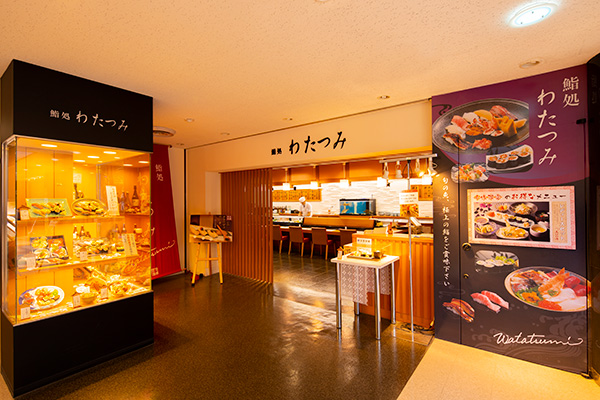
Sushi Restaurant WATATATSUMI
Sushi restaurant in Miyazaki [SUSHILIVE comment]
Recommended conveyor belt sushi restaurants in Miyazaki, Japan
-


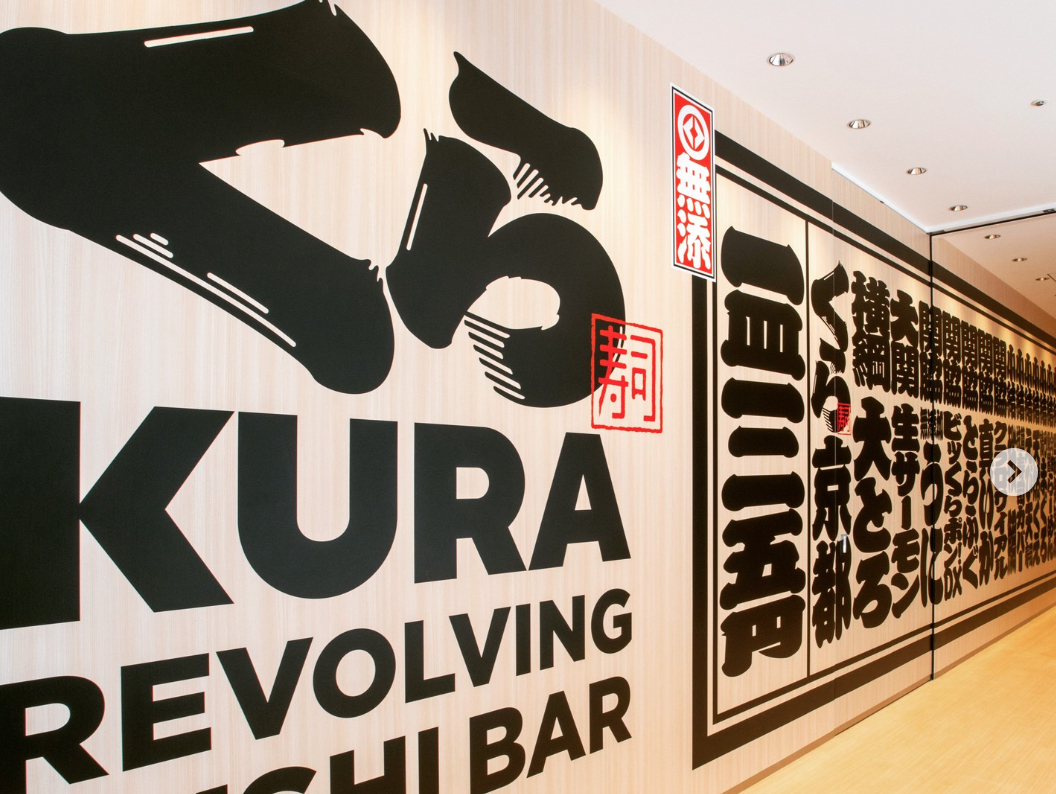
Kura Sushi Nitori Mall Miyazaki
Sushi restaurant in Miyazaki [SUSHILIVE comment] -


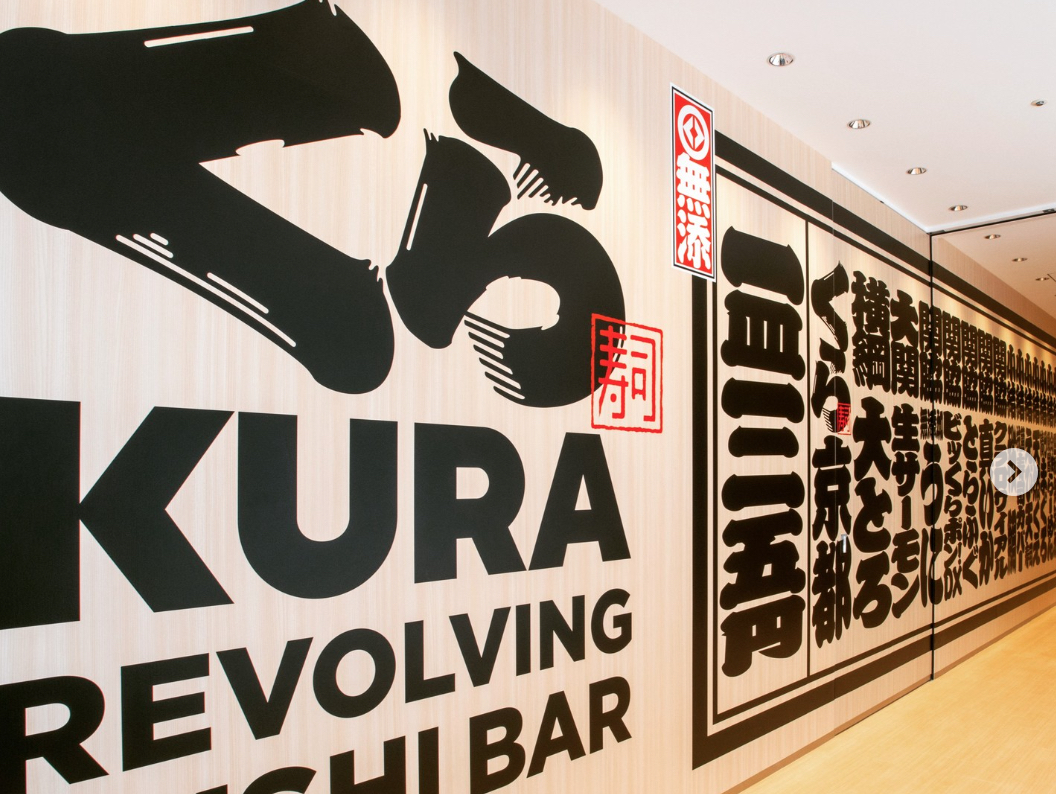
Kura Sushi Miyazaki Oshima Store
Sushi restaurant in Miyazaki [SUSHILIVE comment] -


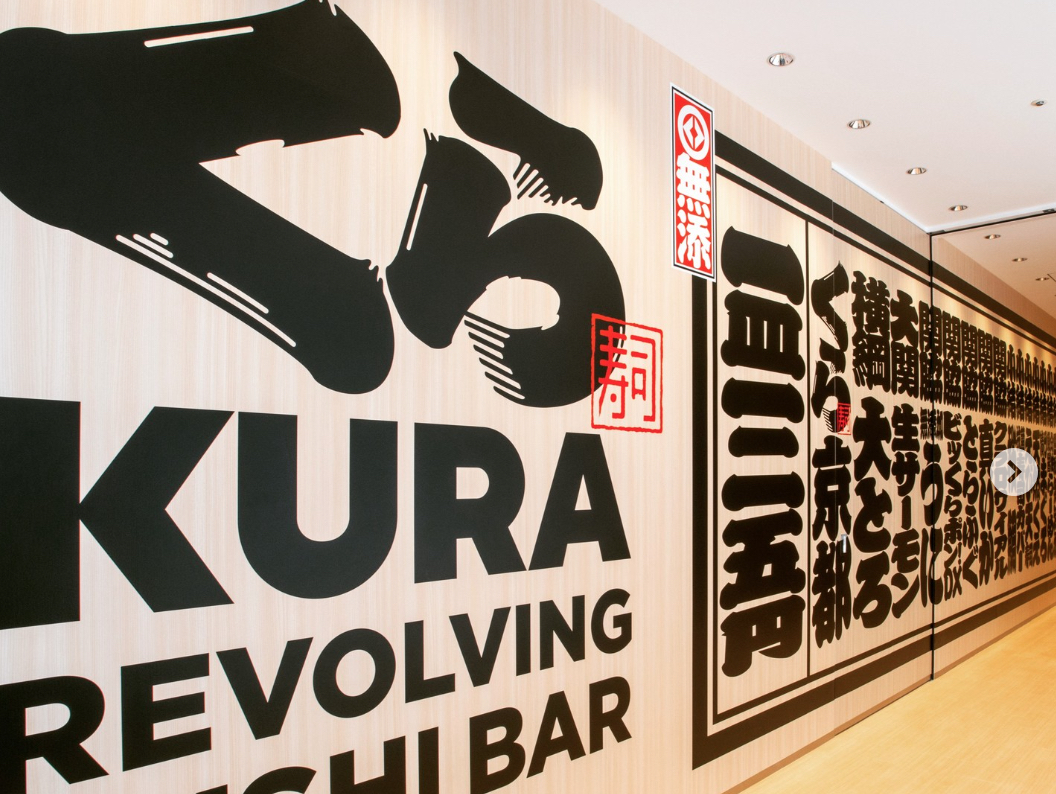
Kura Sushi Nobeoka Store
Sushi restaurant in Miyazaki [SUSHILIVE comment] -


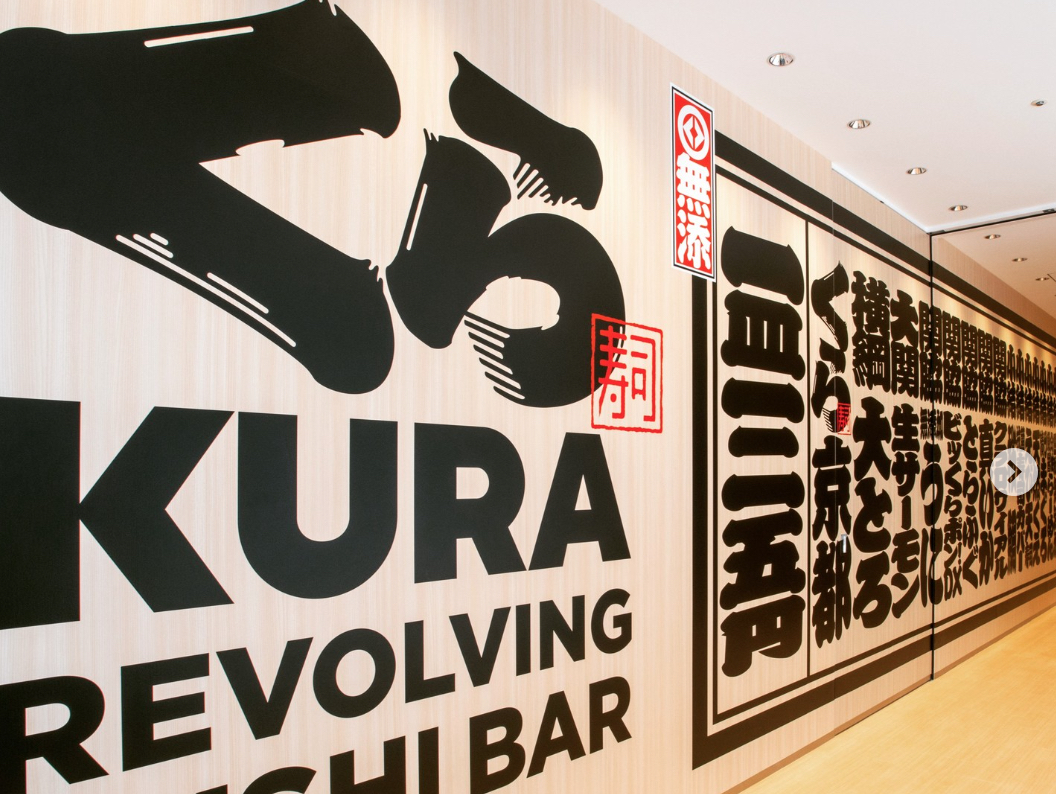
Kura Sushi Metropolis Store
Sushi restaurant in Miyazaki [SUSHILIVE comment] -


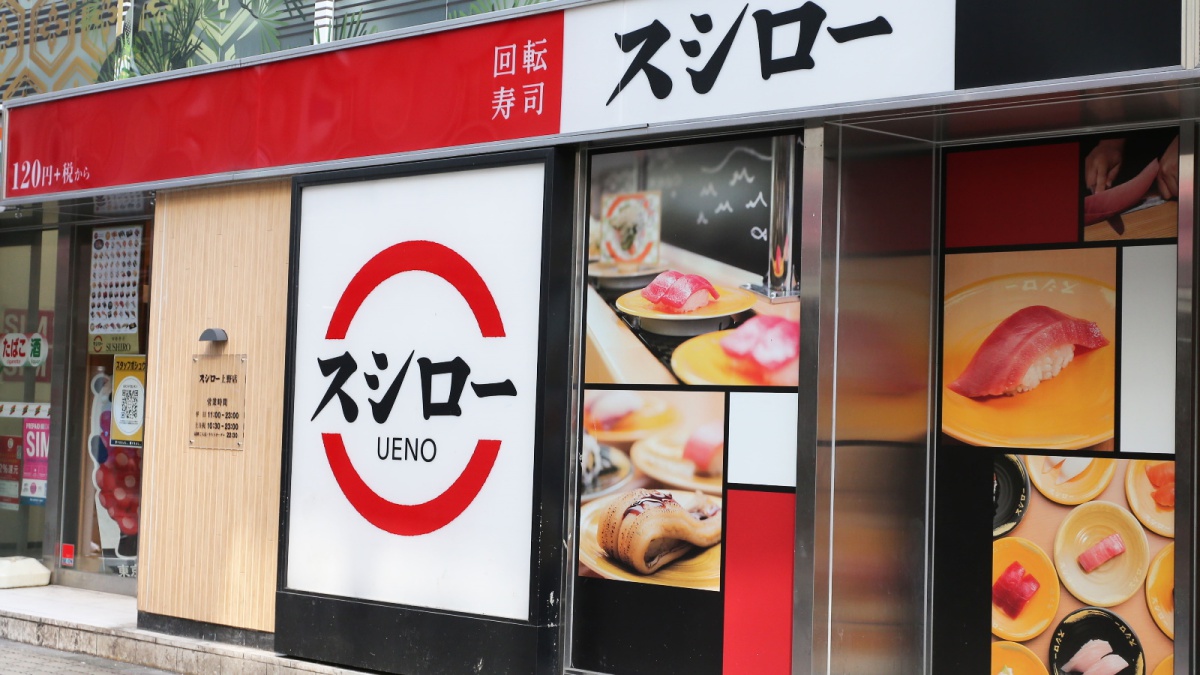
Sushiro Miyazaki carpenter
Sushi restaurant in Miyazaki [SUSHILIVE comment] -


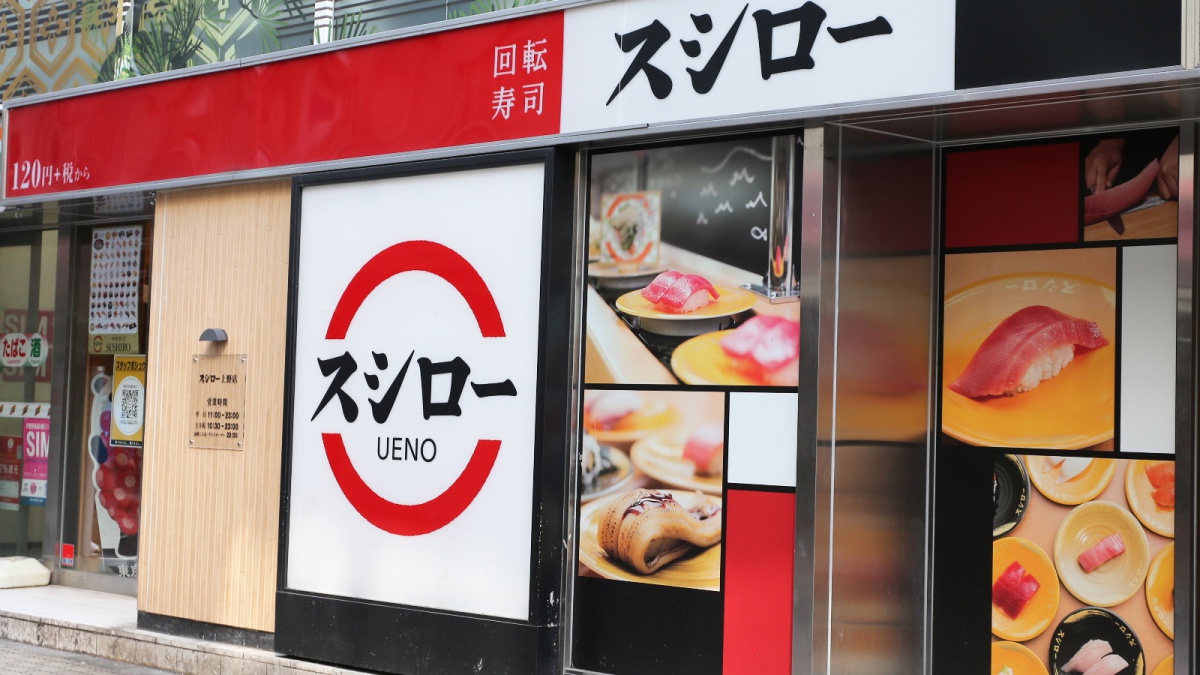
Sushiro North of the capital city
Sushi restaurant in Miyazaki [SUSHILIVE comment] -


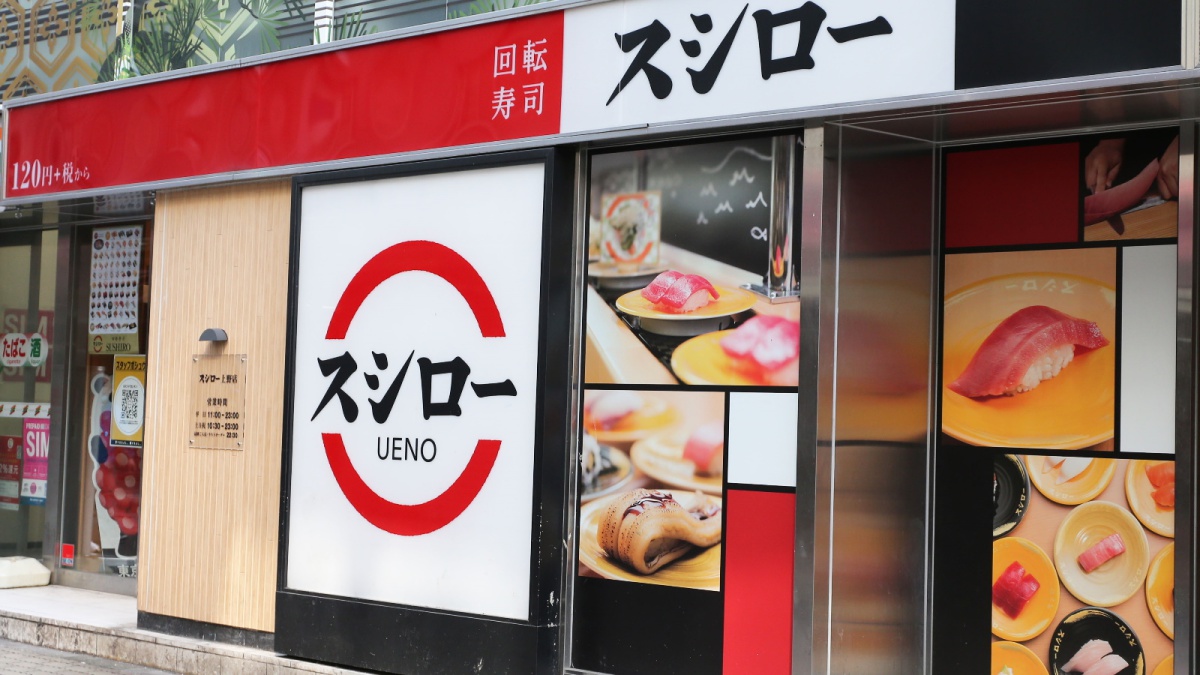
Sushiro Tsunehisa Miyazaki
Sushi restaurant in Miyazaki [SUSHILIVE comment] -


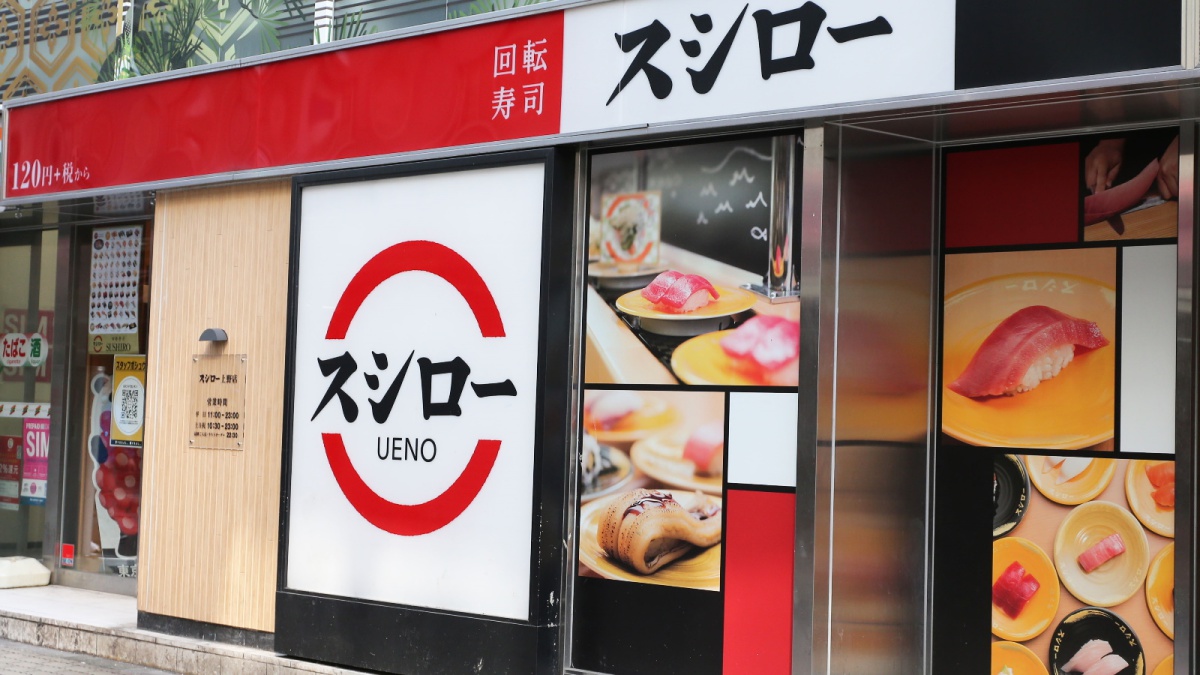
Sushiro Miyazaki Shin Beppu
Sushi restaurant in Miyazaki [SUSHILIVE comment] -


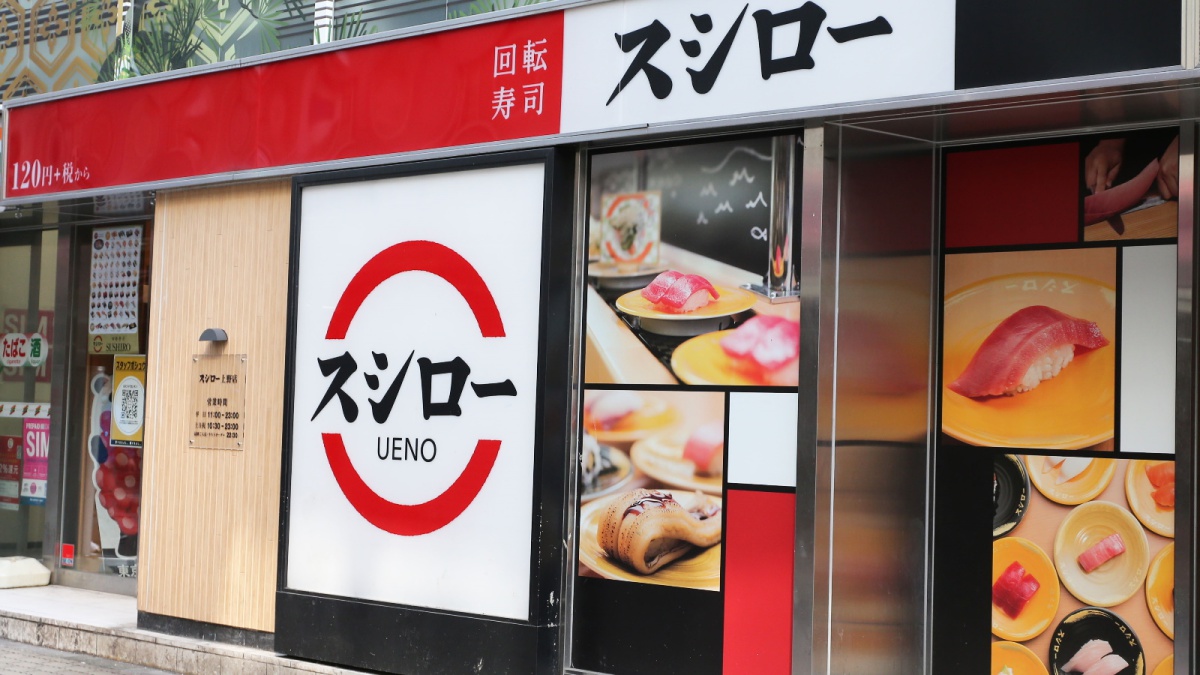
Sushiro Kafei-moto, capital of Japan (Tw)
Sushi restaurant in Miyazaki [SUSHILIVE comment] -


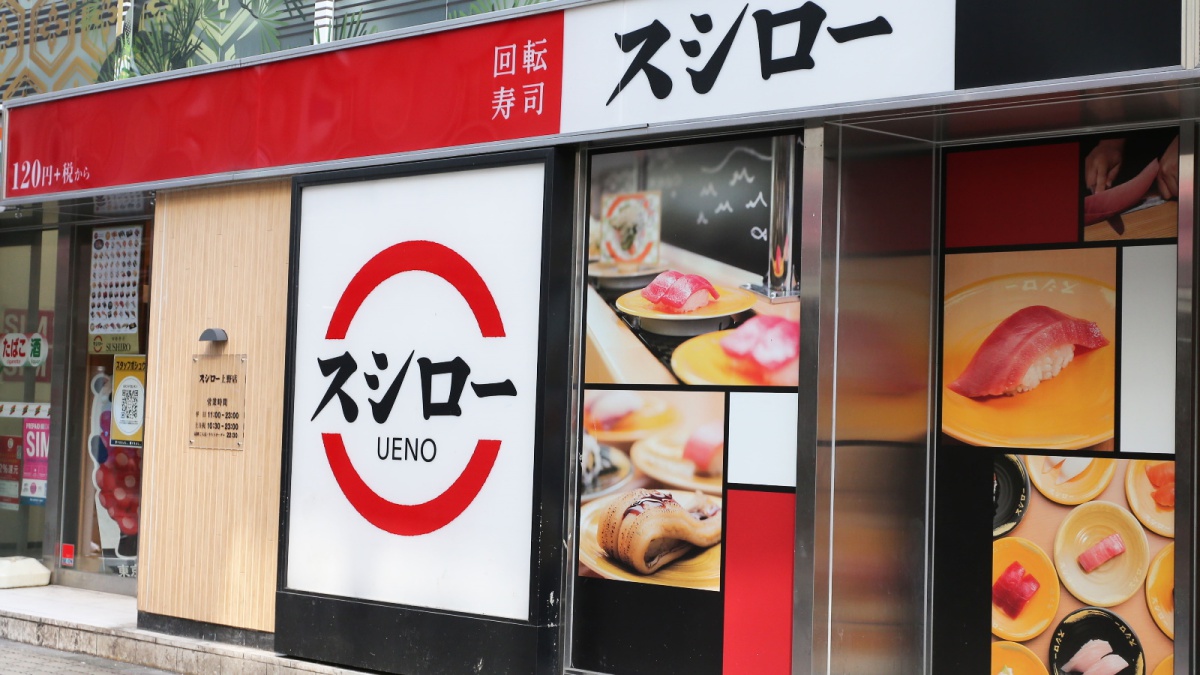
Sushiro Nobeoka Plains
Sushi restaurant in Miyazaki [SUSHILIVE comment] -


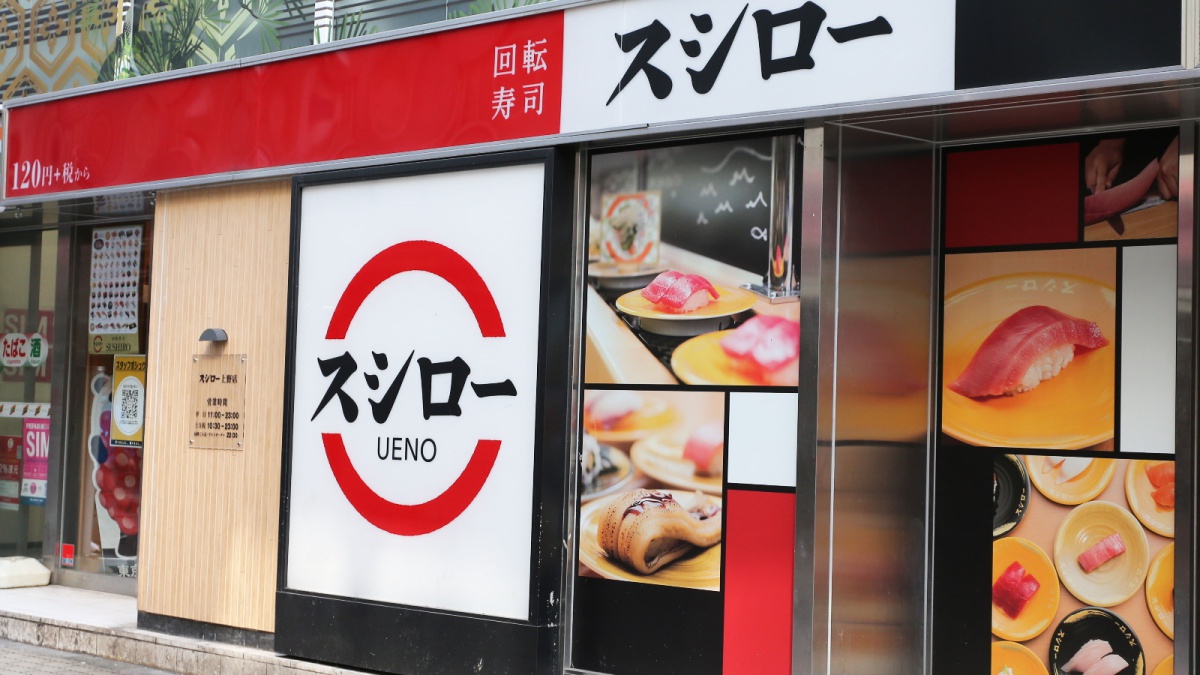
Sushiro Takanabe Calamari Pond
Sushi restaurant in Miyazaki [SUSHILIVE comment] -


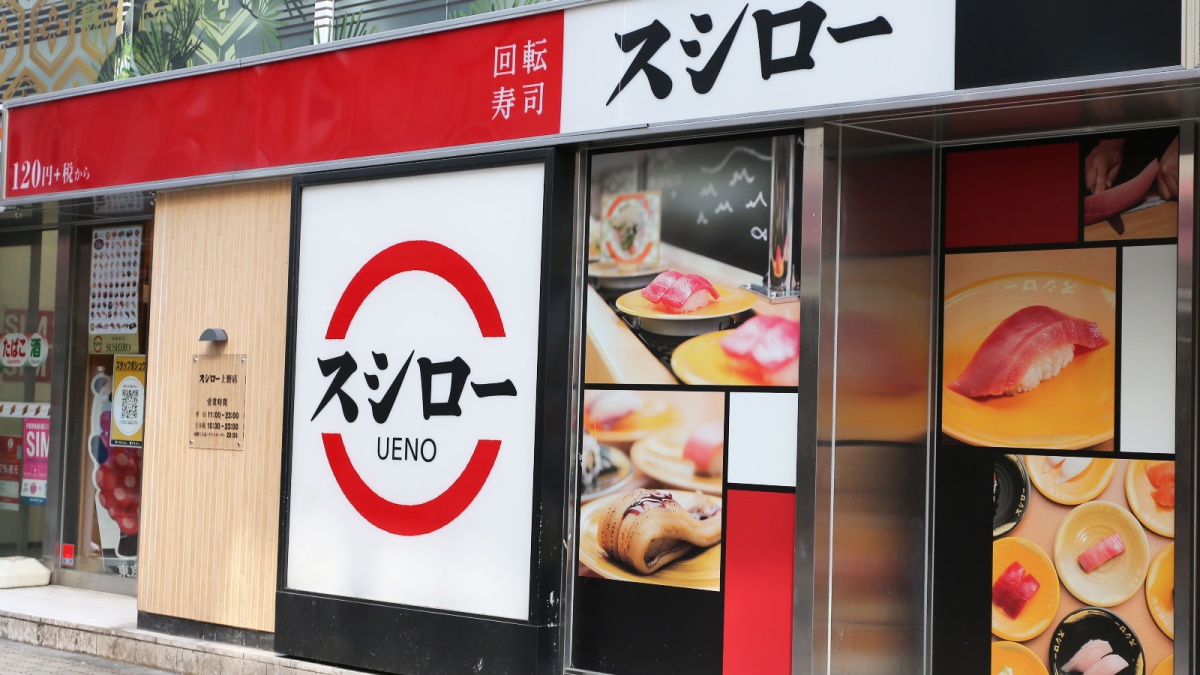
Sushiro Hinata Haramachi
Sushi restaurant in Miyazaki [SUSHILIVE comment]
Characteristics of Miyazaki’s Cuisine
The Charm of Miyazaki Woven by the Natural Beauty of Hyuga-nada and Its Vibrant Industries
Located in the southeastern part of Kyushu, Miyazaki Prefecture boasts a beautiful coastline facing the Hyuga-nada Sea, blessed with a warm climate and rich natural scenery. The majestic Kyushu mountain range stretches across the area, producing abundant forest resources and clear streams.
In agriculture, the warm climate facilitates early cultivation, and summer vegetables such as cucumbers and bell peppers, shipped from winter to spring, are nationally renowned. The livestock industry is also thriving, with Miyazaki beef in particular receiving high praise, including the Prime Minister’s Award at the National Wagyu Ability Expo.
Recently, the tourism industry has been flourishing as well, with its beautiful coastlines and rich nature making it a popular resort destination. Additionally, the renewable energy industry, including solar power and biomass generation utilizing the warm climate and abundant sunlight, has been gaining attention.
The Climate and History Shaped by the Hyuga Mythology and Warm Weather of Miyazaki Prefecture
Located in the southeastern part of Kyushu, Miyazaki Prefecture, historically known as Hyuga, has cultivated a rich culture and history embellished with mythology and legends.
According to mythology, Ninigi-no-Mikoto, the grandson of the sun goddess Amaterasu, descended to the Takachiho area of Hyuga to rule the Earth. Numerous historical sites related to these myths, such as Takachiho Gorge and Amano Iwato Shrine, continue to fascinate people today.
The warm climate and rich nature have supported the lives of people from ancient times. During the Jomon to Yayoi periods, settlements were formed along the coastlines and rivers, engaging in rice cultivation and fishing.
In ancient times, Hyuga prospered as one of the Kyushu dynasties. Numerous historical sites, including ancient tombs and temples, remain, hinting at the prosperity of those times.
From the medieval period, the region was governed by warlords such as the Shimazu and Ito clans. During the Edo period, it became part of the Satsuma domain, deepening its connection with the Satsuma clan through practices such as sankin-kotai and offering marine products.
Following the Meiji Restoration, modernization advanced with the development of infrastructure like railways and roads. Agriculture and fishing, as well as industries like manufacturing and tourism, developed, making it one of Kyushu’s leading economic prefectures today.
Thus, Miyazaki Prefecture is a land full of charm, nurtured by its unique climate, history, and mythology.
The Culinary Culture of Miyazaki, Blessed with Sea and Mountain Delicacies
Blessed with a warm climate and rich nature, Miyazaki Prefecture boasts a food culture enriched by the bounty of the sea and mountains.
The sea provides an abundance of fresh seafood, including bonito, yellowtail, and flounder. Notably, bonito fishing, a traditional fishing method in Miyazaki, yields fatty bonito used in “bonito tataki,” a soul food beloved by locals.
The mountains offer plentiful poultry, pork, and vegetables. The local breed of chicken, “Jitokko,” is known for its firm texture and deep flavor. The brand pork, “Miyazaki Kurobuta,” is popular for its low fat content and sweet taste.
Miyazaki is also renowned as a rice-producing area, cultivating high-quality rice varieties like Koshihikari and Hitomebore.
Various local dishes utilize these ingredients, including chicken nanban, cold soup, and chirimen bowls, offering a taste of Miyazaki’s unique culinary culture to visitors.
The Sushi Culture of Miyazaki, Woven by the Blessings of Hyuga-nada and Tradition
Enriched by its lush nature and warm climate, Miyazaki Prefecture has a long history of sushi culture.
The origins of sushi trace back to ancient fishing communities preserving fish with vinegar. In Miyazaki, sushi made with fresh seafood and vinegared rice has been a tradition along the coastal areas.
The Edo period saw the emergence of sushi similar to what we know today, influenced by Edomae sushi. In Miyazaki, sushi featuring fresh seafood from the Hyuga-nada Sea, such as bonito, yellowtail, and flounder, is prevalent.
Miyazaki also has its unique sushi traditions. For example, in Takanabe Town, “oshi-zushi” is a local specialty, where fish like mackerel and horse mackerel are marinated in vinegar and pressed onto rice.
In recent years, the number of sushi restaurants has increased, offering a wide range of sushi, from traditional to creative styles, further enriching Miyazaki’s sushi culture.
Tastes Cultivated by the Sun and Sea’s Bounty and Passion
Miyazaki Prefecture, blessed with a warm climate and rich nature, is home to numerous specialty products nurtured by the sun and sea’s bounty.
Fruits grown in the warm climate, like mangoes, are known for their high sugar content and rich aroma, with mangoes being a representative specialty of Miyazaki, highly esteemed nationwide.
The sea provides an abundance of fresh seafood, including bonito, yellowtail, and flounder, with bonito fishing being a traditional method in Miyazaki, and “bonito tataki” a beloved local delicacy.
The livestock industry is also thriving, with Miyazaki beef receiving high accolades, including the Prime Minister’s Award at the National Wagyu Ability Expo.
Miyazaki boasts various specialty products, including poultry, pork, and vegetables, which not only serve as souvenirs but also support the rich culinary culture of the prefecture.
When visiting Miyazaki, be sure to enjoy the unique flavors of the region.

